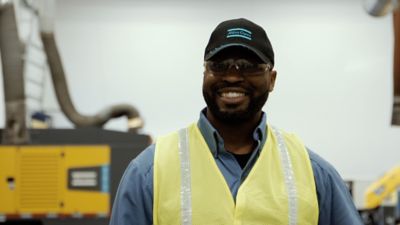What is Moving Bed Biofilm Reactor? Moving bed biofilm reactor, or MBBR, is a version of an activated sludge system, but is a much more compact method that can be scaled to fit any size plant. It is biological treatment method.
How Does MBBR Work? In this method, the reactor is filled with thousands of biofilm carriers (plastic balls) that protect the bacteria used to breakdown pollutants in the wastewater. A diffuser grid produces the air required to effectively disperse the biofilm carriers throughout the basin, while also providing the necessary aeration for biofilm growth.
There are four different elements within an MBBR system: aeration tank, media, aeration grid, and sieve. The wastewater treatment process occurs within the aeration tank. The media is thousands of small plastic chips that, given their density, are able to mix throughout the wastewater. The aeration grid is akin to a fan; it helps keeps the media moving throughout the wastewater while introducing oxygen into the aeration tank. Finally, the sieve is the piece of equipment that prevents the media from leaving the aeration tank.
What are the Benefits of MBBR? The MBBR wastewater treatment method is certainly one of the most popular biological treatment methods , and for good reason. First - it's compact and has a smaller footprint as compared to other methods. It is a relatively-straightforward process with fewer steps, has few maintenance requirements, and is also extremely efficient.
Aeration Technologies for Moving Bed Biofilm Reactor
Atlas Copco offers seven different blower and aeration technologies for wastewater and industrial applications. We fit the absolute best technology to you – no favoritism involved. Having a complete range means that the technology we select for you will be the most efficient product for your application over the cost of its lifetime, when you factor the cost of purchase, electricity usage, and service (downtime) costs. What’s more? We have the calculators to show you the complete payback analysis before you even part with one dollar.
Atlas Copco innovates in all aspects of compressed air and gas production. Our promise to you is we do more. What does that mean? Simply, we go further and deeper in every aspect of our offering to you and that promise extends way beyond just products. With a presence across the entire United States, and over 350 technicians on the road every day, Atlas Copco specializes in finding ways to make your wastewater and industrial processes more efficient.



